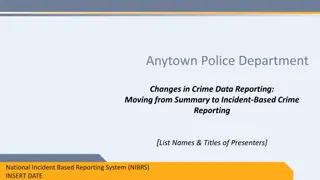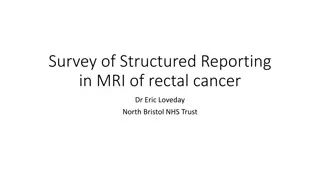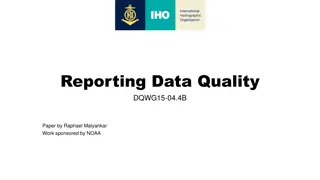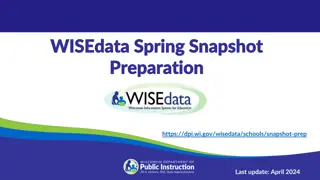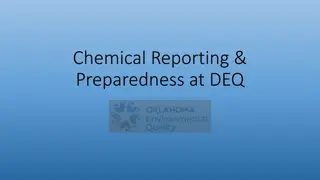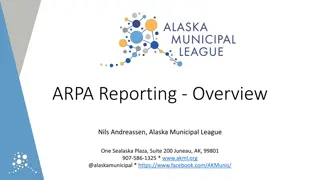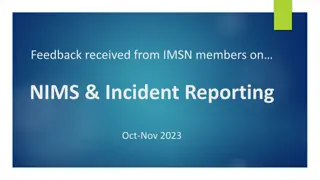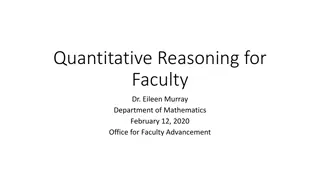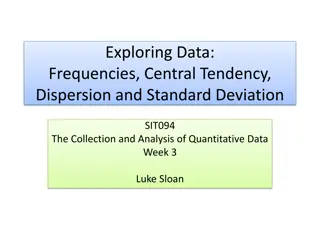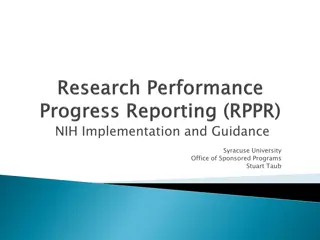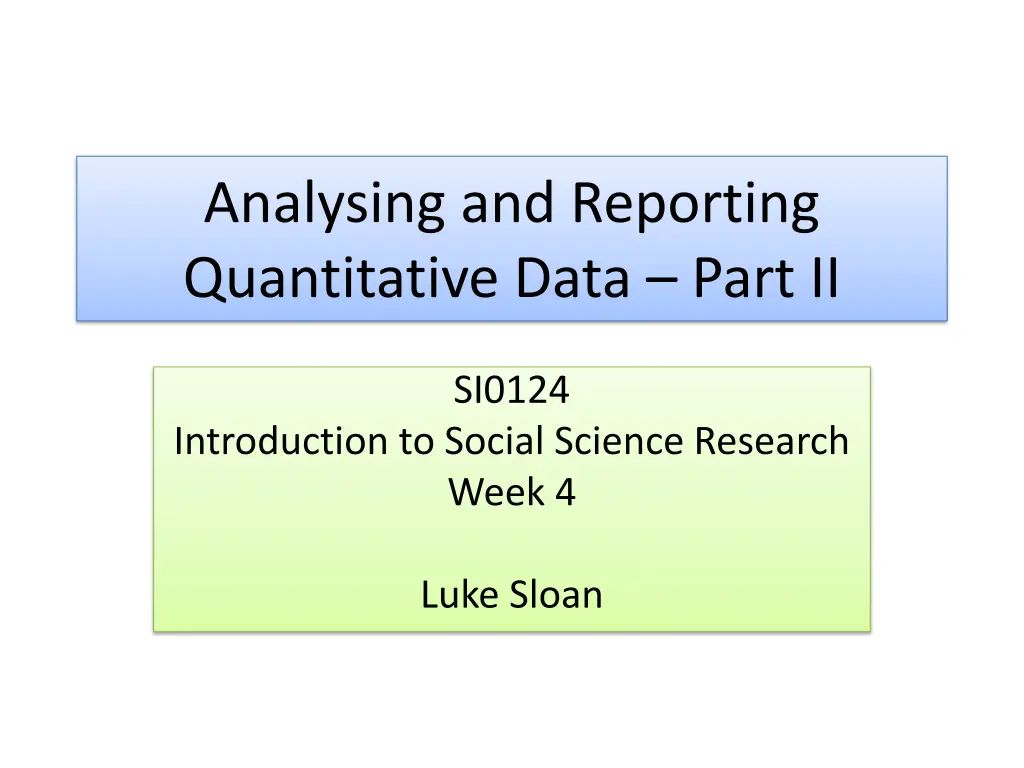
Formulating Hypotheses in Social Science Research
Explore the process of formulating hypotheses in social science research, including the importance of hypotheses, relationship testing between variables, and using the scientific method. Understand the significance of null and alternative hypotheses in assessing relationships between variables.
Download Presentation

Please find below an Image/Link to download the presentation.
The content on the website is provided AS IS for your information and personal use only. It may not be sold, licensed, or shared on other websites without obtaining consent from the author. If you encounter any issues during the download, it is possible that the publisher has removed the file from their server.
You are allowed to download the files provided on this website for personal or commercial use, subject to the condition that they are used lawfully. All files are the property of their respective owners.
The content on the website is provided AS IS for your information and personal use only. It may not be sold, licensed, or shared on other websites without obtaining consent from the author.
E N D
Presentation Transcript
Analysing and Reporting Quantitative Data Part II SI0124 Introduction to Social Science Research Week 4 Luke Sloan
Introduction Last Week A Recap Formulating Hypotheses Social Capital Dataset Chi-Square Test For Independence
Last Week A Recap Levels of measurement Central tendency (a heuristic) Dispersion (a critical tool) But these are only descriptives of single variables How do we test for relationships between variables?...
Formulating Hypotheses I An untested assertion about the relationship between two or more variables. The validity of such an assertion is assessed by examining the extent to which it is, or is not, supported by data generated by empirical enquiry. Source: Jupp 2006:137 So what does this actually mean?
Formulating Hypotheses II Related to the Research Question (RQ) But the RQ itself does not offer an approach to researching a phenomena, it only identifies it Hypotheses allow dissection of larger questions Research Question: Why do students not progress to Higher Education? Hypothesis 1 (H1):Participation in Higher Education is related to social class Hypothesis 2 (H2):Female students are more likely to go into Higher Education Hypothesis 3 (H3): Lack of parental involvement in Higher Education reduces the likelihood of student progression to Higher Education But these are useless unless we have the necessary VARIABLES to test them
Formulating Hypotheses III In Social Science we use the Scientific Method : Formulate hypotheses and identify variables Collect relevant data Test hypotheses Interpret results To formulate a hypothesis: Reasonable justification for relationship Past research or observation Must be disprovable (Popper s Falsification Theory) Disprovable hypotheses are not even wrong
Formulating Hypotheses IV H0 = The Null Hypothesis - No relationship exists between two variables - e.g. there is no relationship Higher Education progression and social class H1 = The Alternative Hypothesis - Some relationship exists between two variables - e.g. there is a relationship between Higher Education and social class - Do not be afraid to specify the relationship with further hypotheses - It does not matter if you are wrong (in fact, that s kind of the point) So how do we test hypotheses?...
Social Capital Dataset This is the dataset you will be using in seminars Few scale variables Most variables in the dataset are categorical The level of measurement is important! This is typical of most datasets Scale variables are Age (not grouped) Years lived in area (not grouped) Weighting variable Used to over-represent particular groups in the sample that are more frequent in the population
Chi-Square Test For Independence I One of many statistical tests that we can use to evaluate and thus reject or accept hypotheses Can be used to establish whether there are statistically significant relationships between two categorical variables (nominal/ordinal) e.g. Is there a statistically significant relationship between progression to Higher Education and social class? In other words, is progression to Higher Education INDEPENDENT of social class or not?
Chi-Square Test For Independence II The chi-square test is effectively a crosstabulation in which differences between the expected and actual values are measured Expected = the distribution of responses if there was no relationship Actual = how the responses are actually distributed A large discrepancy between the two measures may indicate disproportionality i.e. a statistically significant relationship or dependency between variables No cell counts in the crosstabulation should be less than 5 (I ll explain this as we go) Use row/column percentages to interpret the table (I ll show you )
Chi-Square Test For Independence III H0 = There is no relationship between progression to Higher Education and social class H1 = There is a relationship between progression to Higher Education and social class Case Processing Summary Cases Missing Valid Total N Percent 73.9% N Percent 26.1% N Percent 100.0% Social Class (employed only) * Education Level - 2000 (3 groups) 6072 2149 8221 Here are the two variables that we are testing for a relationship between This is the number of cases that are valid i.e. have useable values This is the number of cases that are missing i.e. data not available This is the total number of cases in the dataset (including valid and missing )
Chi-Square Test For Independence IV Social Class (employed only) * Education Level - 2000 (3 groups) Crosstabulation Education Level - 2000 (3 groups) HIGHER EDUCAT QUAL 284 108.8 84.0% 1062 589.5 58.0% 292 461.7 20.4% 172 357.7 15.5% 125 314.9 12.8% 20 122.3 5.3% 1955 1955.0 32.2% OTHER NONE Total Social Class (employed only) I Count Expected Count % within Social Class (employed only) Count Expected Count % within Social Class (employed only) Count Expected Count % within Social Class (employed only) Count Expected Count % within Social Class (employed only) Count Expected Count % within Social Class (employed only) Count Expected Count % within Social Class (employed only) Count Expected Count % within Social Class (employed only) 47 7 338 144.6 13.9% 576 783.1 31.5% 874 613.3 60.9% 543 475.2 48.9% 439 418.3 44.9% 118 162.5 31.1% 2597 2597.0 42.8% 84.6 2.1% 100.0% 193 458.4 1831.0 10.5% 100.0% 268 359.0 1434.0 18.7% 100.0% 396 278.1 1111.0 35.6% 100.0% 414 244.8 42.3% 100.0% 242 95.1 63.7% 100.0% 1520 1520.0 6072.0 25.0% 100.0% 338.0 1831 II 1434 IIIN 1111 IIIM 978 978.0 IV 380 380.0 V Total 6072
Chi-Square Test For Independence V So what do you think? Should we accept of reject the null hypothesis on the basis of the evidence? Is there a relationship between progression to Higher Education and social class? Sometimes tables can be difficult to interpret if they are large or when values only change for particular groups Lucky for us there is a statistical test that will tell us whether the relationship between the variables is STATISTICALLY SIGNIFICANT Thus this test can be used to accept or reject hypotheses
Chi-Square Test For Independence VI The trick to interpreting the Chi-Square test (x2) is to see whether the Asymptotic Significance (2-sided) value is greater than or equal to or less than 0.05 Greater than 0.05 = not significant Equal to 0.05 = borderline significant (normally considered significant) Less than 0.05 = significant In effect we are asking the test whether social class has a significant effect on progression to Higher Education If the effect is not significant then the variables are clearly INDEPENDENT of each other (hence the name Chi-Square test for independence !) We refer to the Asymptotic Significance (2-sided) as the p-value
Chi-Square Test For Independence VII The p-value (Asymp. Sig. 2-sided) is 0.000 but in reality it is never zero! We therefore present this value as p<0.05 because this is all that matters (p<0.01 is often used in the natural sciences, but you must be consistent!) Chi-Square Tests Asymp. Sig. (2- sided) Value 1915.387a 1884.903 1435.088 df Pearson Chi-Square Likelihood Ratio Linear-by-Linear Association 10 10 .000 .000 .000 1 N of Valid Cases a. 0 cells (.0%) have expected count less than 5. The minimum expected count is 84.61. 6072 There is a statistically significant relationship between progression to Higher Education and social class (x2 = 1915.39, 10 df., p =<0.05), therefore we reject the null hypothesis [describe the relationship from the crosstabulation]
Chi-Square Test For Independence VIII It is vital not just to report the statistic, but to discuss the nature of the relationship Use the percentage values in the crosstabulation to do this Whether you want row or column percentages depends on what you want to know think carefully! Check that all cells in the crosstabulation have values in excess of 5 Is the Asymptotic Significance (2-sided) , or p-value, equal to or less than 0.05? i.e. is it significant?
Summary Hypotheses help us to answer the research question by dissecting it into manageable parts Hypotheses must be testable (falsifiable) and relate to the variables in your dataset Different levels of measurement require different statistical tests to check for significance For two categorical variables (including nominal and ordinal) we can use crosstabulations and the chi-square test for independence to test hypotheses and describe statistical relationships








